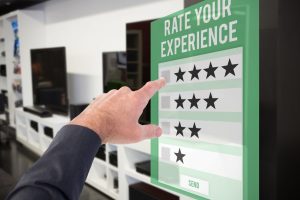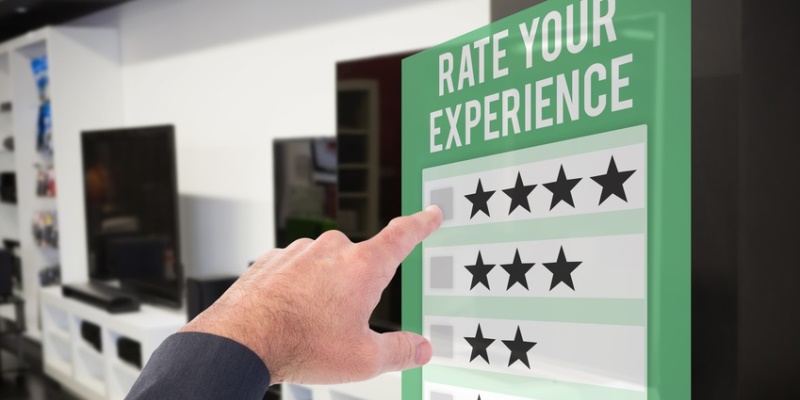We talk a lot about Customer Centricity and the Customer Experience. In fact, entire industries have been built on this thinking. I am a big advocate of it and in the past took the deeper dive into Service-Dominant Logic and Service Design and transforming it into my thinking, Lean Service Design. The truth is in the past few years; I have been deeply involved with SaaS companies. Though, I have constantly been using this thinking in my practice, it has not been reflected in my writing and blogging.
Recently, I have been working with Lean Frontiers on their upcoming Lean People Development Summit, and it has given me the opportunity to start aligning a few of my thoughts around the idea; “Customer Experience mimics the Employee Experience.” You can review a past slide presentation on the idea of this: Understanding Value: What is changing is the way we Think, Identify & Deliver Value.
What I have noticed are some of the ideas, problems facing Human Resources are really a direct result of the existing processes in place. I have written recently about the concerns expressed at the 2017 SHRM Conference by Human Resource professionals. Several of those concerns jumped out at me;
- The new workforce loyalty 2 to 4 years recruiting is now talent acquisition the most important role in HR
- 60% say they would re-engineer their jobs specifically by reducing ad hoc responding and 40% want more formal mentoring
- Want to hire the next generation of talent? Workplace flexibility is the most sought after benefit for Gen Z. 58% of companies are redesigning their career models
- What collaboration costs us: when done without a strategy, it’s burnout and turnover.
- 47% of senior executives are concerned their organizations are in a state of change fatigue.
I think these can be addressed through a Lean Strategy. However, with my experience in Service Design, I immediately saw the opportunity to use much of what I have learned in developing Customer Onboarding and Service/Product platforms to the area of Employee engagement. When you review the basic tools of Service Design and replace Customer with Employee, it creates a very intriguing model. From the book Service Design Business, they highlighted a set of tools which I lifted and changed to center around the Employee:
- Employee Profiles (Job Roles)
- Employee Insights
- Employee Journeys (Job Mapping)
- Employee LifeCycles
- Cross-Channel (Silos) Views
- Job Scenarios
- Organizational Impact Analysis
One of the Co-authors of the mentioned book, Ben Reason participated in a podcast with me, a short excerpt:
Joe: I’m a firm believer and I’ve mentioned that to you before is that the Customer Experience mimics the Employee experience. Should part of Service Design be about creating an experience for our own employees or is that too far-fetched?
Ben: It’s funny you should say that; we’re a little bit late with our Service Design Trends article but that’s one of them is more and more I think you’re going to see Service Design employed for the experience for employees or frontline staff. We’ve definitely had a number of projects recently where that’s the case.
I think people like Coca-Cola are looking into that. I chatted with somebody from the Coca-Cola Company who were looking at it in terms of as part of their HR approach; looking at new starters or retaining employees. We did a project for a call center which was all focused on how do we make this job better so that people don’t leave because it costs us so much every time we have to bring someone new on.
The other thing is that designing that employee experience then has an impact on the customer experience; so you almost need to do two in parallel. We’ve done a lot of work with frontline staff, sales people who are part of the service. It’s hard to separate.
Download PDF of the Transcription
Related Podcast: Optimizing Customer Experiences
In the upcoming weeks, I will be breaking each of those numbered segments above and putting a few my past practices in writing. I hope you enjoy the content. As a side note, my Lean Engagement Book and Lean Service Design book and program are part of the Lean Marketing Lab subscription.

